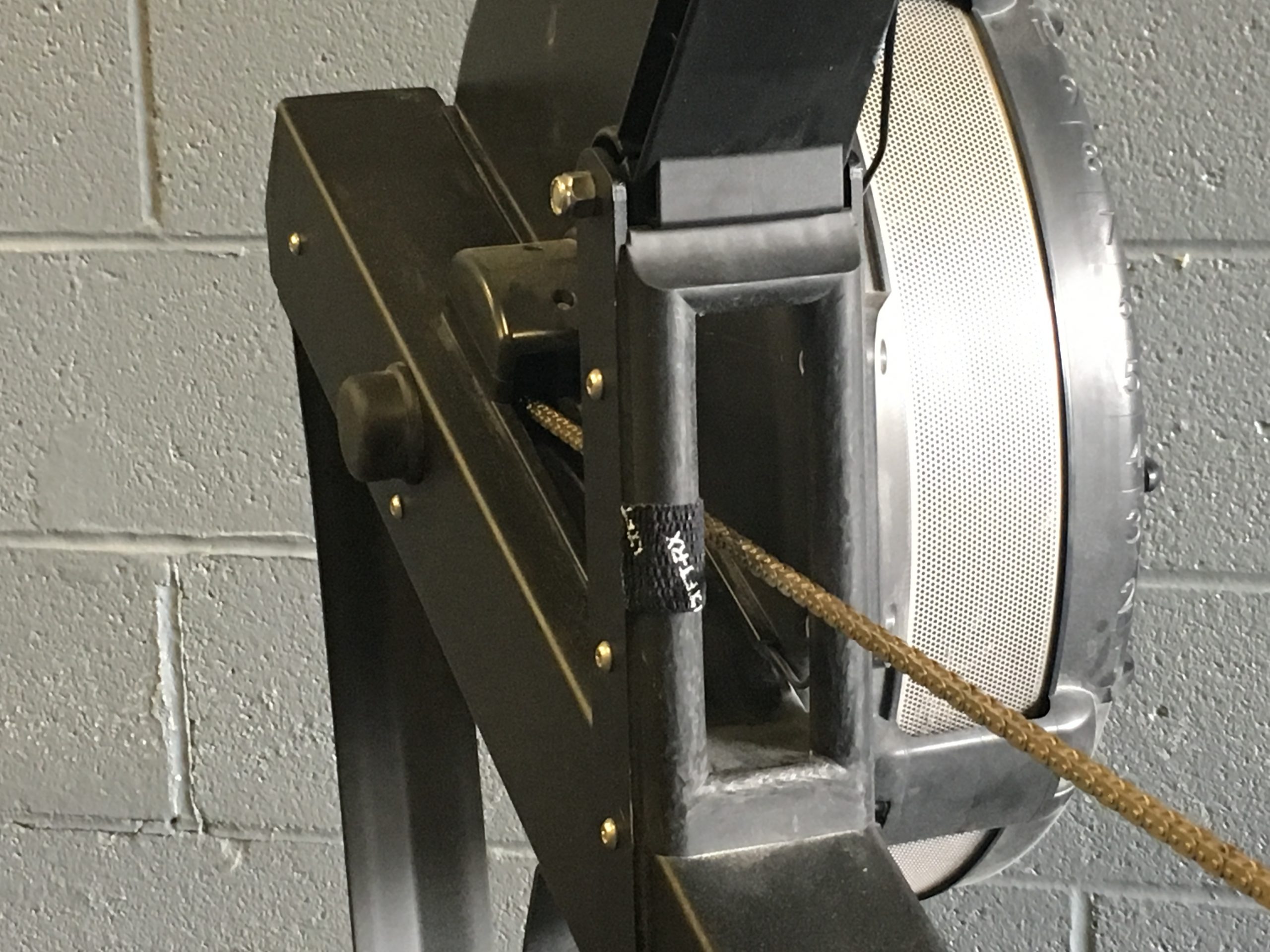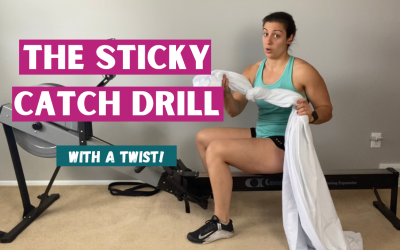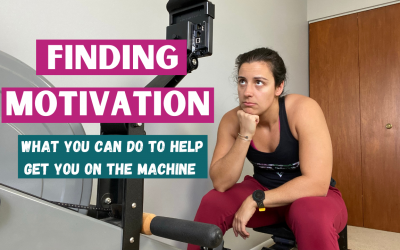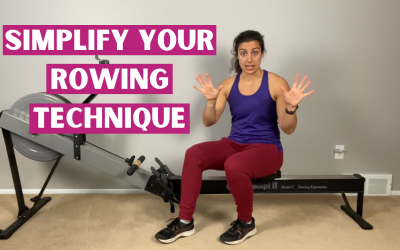Keeping the Chain Level
You may have heard that in your rowing stroke, it’s important to keep that chain level throughout your entire rowing stroke. Here, I’m going to teach you why it’s important and why keeping that chain level can affect other parts of your stroke and make you a better rower.
When we talk about why it’s good to keep that chain level, there’s a couple reasons why. The biggest is that it protects the machine. Ideally our chain isn’t moving up and down and smacking the machine on the way up. Maybe you’ve heard that chain bouncing up and down and you can hear it up at the front of your stroke as you come up. As you’re coming up the slide, that chain doesn’t sound good at all when that happens.
To make it a smoother transition into that next stroke, it’s important to keep that chain level, because if that chain’s going up and down, then that’s when we start to get that smacking noise. You’ll be able to hear it when it happens. If we keep that chain nice and level, that’s much less likely to happen. You’re able to smoothly go into the next stroke instead of hoping and waiting for that chain to catch into that next stroke. We want to keep our machines lasting for longer! You don’t want to have to buy a new machine when you shouldn’t need to.
Keeping the chain level will also help your rowing stroke. Ideally, we want to be able to get that body over, and arms out before the knees bend. When that happens, it helps keep that chain nice and straight. If your knees are bending early, it’s easy to have that chain go up and down around your knees. So, what you want to do is get that handle in front of your knees before you come up to the front. That helps keep the chain nice and level, and it will set you up well for the next stroke. You’ll be able to get into that next stroke much smoother than if your chain is bouncing up and down. If that chain is smooth in, as soon as you’re ready to go and drive to that next stroke, the machine’s going to be ready and you’re going to be ready.
So how can you practice this? One way is to keep an eye (or ear) on it. If you tend to hear that chain slapping, then you know that you should pick up your hands, to make sure they’re nice and straight in and out.
A tool that you can use to help you is any kind of tape. I would pick some sort of tape that can stick well but will come off easily. You’ll need a small piece, and you can put it around one side of your chain guide. I like to sit at the finish, do a couple strokes, and eyeball exactly where my chain stays. I’ll see where it is and then I’ll put the tape on the correct spot on the chain guide. Now my goal is to always stay within that tape.

If your hands go down too low into the catch, your chain is going to be below the tape. You’ll want to keep those hands up into the catch. The tape can also help you from finishing too high. When you finish high, your chain will be above the tape. So, it’ll help you at the finish and at the catch to keep those arms at the right height. The tape is something that you can use to find that reference point and practice, keeping that chain level in and out.
You can also use the pause drill to help you. It’s a good drill to practice pausing at arms and body over. It helps keep that chain level out of the finish and then into the catch. Focus on keeping those hands up and within that piece of tape. Through the course of doing the drill, make your pause shorter and shorter until it’s a slight hesitation. And then you can take it away completely, turning it into full strokes.
Both the tape and the pause drill can help you keep your chain level. You can use one or the other, or both! Use whatever’s easiest for you. If you don’t have tape, try the pause drill, and go based off a reference point on your chain guide.
Thank you for checking out this post and this video! If you liked the tips, head on over to my YouTube channel with the video above and hit subscribe!
The Sticky Catch Drill – with a twist!
The sticky catch drill is a great drill to feel the connection at the catch in your rowing stroke. And I have a different way of doing it that you may have never seen before. Most of the time, for the sticky catch drill, you can use a strap or something very sturdy...
How to Find Motivation to Workout
This post is going to be a little bit different today. I'm going to be talking to you about finding motivation to get on the rowing machine. Just to be clear, this video is NOT for the person who is struggling to take a rest day. This is for you if (for example) you...
Simplify Your Rowing Stroke
When you're just starting to learn how to row, it can be overwhelming watching technique videos, especially if it's a follow along drill or follow along workout where the coach is giving a lot of cues. Examples of cues are chest up, shoulders down, arms out then body...



